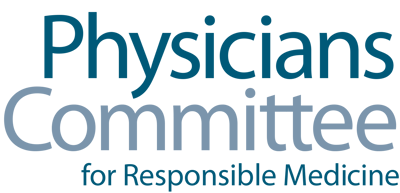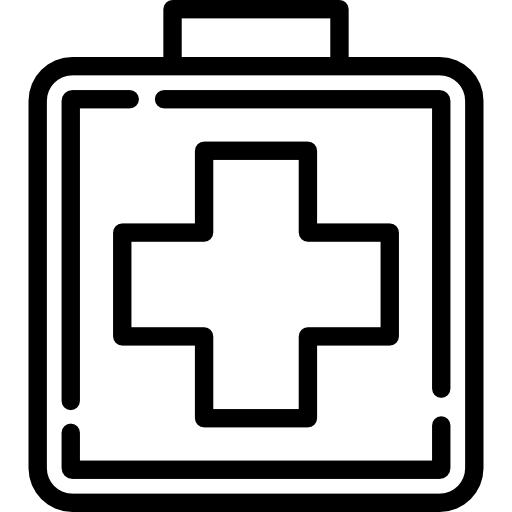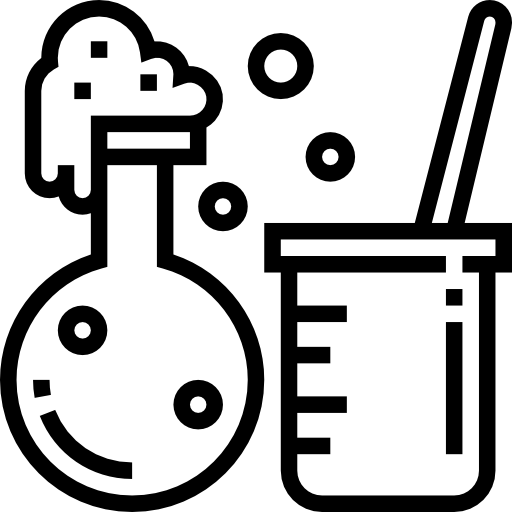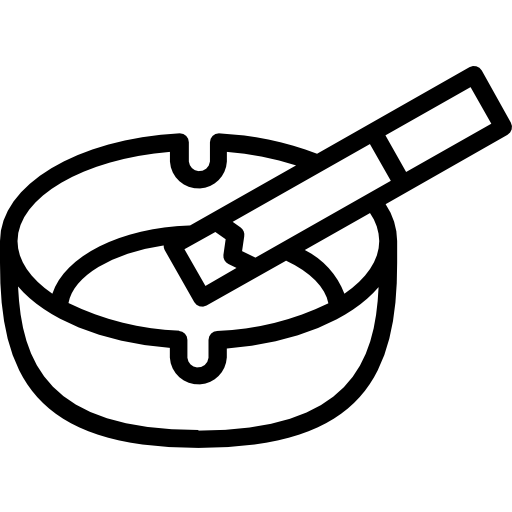

Early detection of harmful respiratory compounds.
Get peace of mind with ALIsens®, our award winning patented technology. Our human in vitro model allows for the first time the identification and differentiation of respiratory sensitizers and respiratory irritants under realistic air-liquid interface exposure conditions.
They trust us



Discover ALIsens...
... the only in vitro model capable of identifying respiratory sensitisers and distinguishing them from irritants early in product development.
For the first time our patented in vitro model allows the prediction of respiratory sensitization under realistic exposure conditions, i.e., exposure of cells cultured at the air-liquid interface using exposure systems suitable for all types of airborne materials.
-
Complex 3D model with proven high specificity of >95%.
-
Valid for toxicological testing.
-
Ongoing application to become an OECD Guideline.
What they say about us

Invitrolize provides an exciting opportunity to assess challenging chemicals for challenging endpoints in respiratory toxicity with human-relevant approaches. They are grounded in science while having a clear view of regulatory application to advance toxicology, and we are excited to work with them
- Kristie Sullivan, MPH, Vice President for Research Policy.
Applications of our alveolar model for hazard assessment

Pharma
Inhalable drugs - hazard assessment very early in drug candidate identification.

Cosmetics
Many of these products are sprayed and then inhaled - so nothing to worry about?

Chemical Industry
Concerned to find out in some years that new products have hazardous properties?

Food
What happens after inhalation of foodborn proteins and other allergens?

Environment
Citizens are exposed to many chemicals and (nano)particles indoor and outdoor - and all is safe?

Consumer products
Sure that your customers are not inhaling anything hazardous?

Manufacturing
Are your workers exposed to inhalable chemicals or particles and are you aware about the hazard?

Crop protection
What is the hazard of sprayed new chemicals upon inhalation for farmers or operators during its production?

Tobacco
Wondering about sensitzing potential of new ingredients or products?
Award Winning Technology



*Scientists involved in the ALIsens tech were LIST employees at that time.
Accelerator programme in Luxembourg with a 150k€ award.

The funding for the tech development was partially funded by the FNR
FAQ
-
What is the sensitivity, specificity and accuracy for the sensitization and irritation models?
ALIsens® is a young technology but has currently identified all tested chemicals correctly. The model correctly identified the pro-haptens, Ethylenediamine and Piperazine as respiratory sensitizers, chemicals which have been reported as false negative in other assays. It is clear to us that sooner or later any test will provide false positive and false negative results and we will report such limitations immediately here.
-
How robust is the model?
Data obtained by different operators show that given proper training results obtained by different persons are comparable. The models have been shipped to academic institutions within various research projects and data obtained after shipment have been shown to be identical to the ones obtained in our premiss.
-
How can I apply the results to hazard identification?
The obtained results will give you information on the hazard that a certain tested chemical has the potential to induce respiratory sensitization. We are currently working to see whether a potency assessment is possible. The results can guide your product development to select molecules with lower hazard.
-
How can I apply the results to an operator/ consumer/ patient risk assessment?
The test results will give you an indication of the hazard that a certain compound has the potential to induce respiratory sensitization or is irritating to the alveolar region of the lung.
-
Can ALIsens® be used for other applications e.g. fibrotic potential or new drugs for lung fibrosis?
We are currently exploring the possibilities to detect early markers of fibrosis and efficacy of drugs for the treatment of fibrosis in our models together with an academic partner. In case you are interested in this question, please contact us to discuss further details of our progress or how you can be involved in development projects.
-
Who are the CRO partners and how can I contact them?
We are currently in discussion with CROs on adding ALIsens® to their portfolio. We are also happy to discuss this with the CRO of your choice. If you are interested in partnering us to offer the ALIsens model for lung sensitization and irritation, please contact us.
-
How long does the assay take from receipt of test item to sharing the results with me?
Usually, the pre-screening and final testing including the necessary technical and biological replicates can be done with 4-6 weeks/ chemical. The schedule will be communicated to you as this will be based on the number of chemicals to be tested.
-
Are there other models that can be run in parallel as a testing battery?
ALIsens® inserts can be exposed in parallel with primary cell-based models for the airways commercially available. Results of these models can also be evaluated together in a holistic approach considering that some models are based on primary cells while ALIsens® is based on cell lines.
-
When will this model enter formal validation and when should we expect this to be completed?
ALIsens® has been submitted to EURL ECVAM in August 2019. In November 2020, we received the notification of the pre-submission outcome following PARERE consultation and received comments from member states that will support a future application to OECD envisaged for 2025 or at the patest 2026.
-
Are there plans for IATA or OECD test guidelines?
In 2022 a few countries submitted a standard project submission form (SPSF) to the OECD proposing a detailed review paper on respiratory sensitization. This proposal has been accepted by the WNT of OECD in April 2023 and work is ongoing. An eventual submission of the SPSF for a test guideline on respiratory sensitization to OECD is envisaged for 2025 or 2026 at the latest.
Privacy Policy - Cookie Policy - Terms and Conditions

